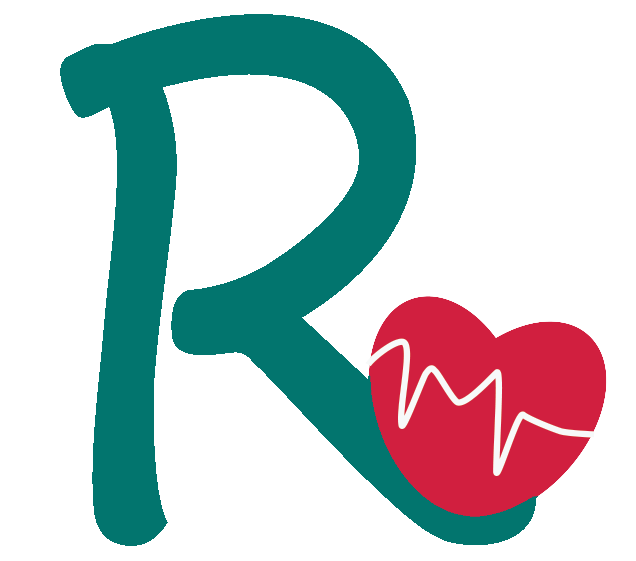Sudden Cardiac Arrest (SCA)
a sudden cardiac arrest (SCA) is not a heart attack!
SCA occurs when the heart goes into arrhythmia & stops pumping blood due to a malfunction in the electrical system. The heart just stops beating & the individual will die if not treated immediately by CPR & the use of a defibrillator.
A Heart Attack however, is when blocked vessels disrupt the flow of blood to the heart. In this case, the heart continues beating and the patient remains conscious. In most cases, he has enough time to reach a hospital for treatment.
Sudden Cardiac Arrest (SCA) or Sudden Arrhythmic Death (SAD) is fatal for children & young adults (ages 12 – 35 years). They can appear healthy & physically fit but may collapse from cardiac arrest without any warning.
Most SCA conditions are hereditary. These include “Long QT Syndrome” (LQTS), “Hypertropic Cardiomyopathy” (HCM), Brugada Syndrome and many others. Most of these conditions are identifiable (by a simple electrocardiogram or EKG) and treatable to ensure a normal lifespan and lifestyle.
In case an individual collapses, CPR and a shock from an AED should commence immediately. If not done within 5-6 minutes, the person will die or have an irreparable brain damage. Three AUB students and one staff were saved by the use of an AED.
AED or Automated External Defibrillator is a lightweight portable device that delivers an electrical shock that will reorganize the electrical activity of the heart and give it the opportunity to resume beating. AED is safe for use by anyone. It will give a shock only when the heart stops beating (no room for error).
The chain of survival
Early recognition of SCA: the victim is unresponsive and not breathing or not breathing properly
Early access to emergency medical services or Red Cross (call 140) will bring trained medical help to the scene
Begin performing CPR ASAP, to manually pump the heart & allow oxygen to reach the brain & other vital organs until Red Cross arrives
Early defibrillation (AED) shocks a heart that has stopped beating and allows the heart to reset to a normal rhythm.


